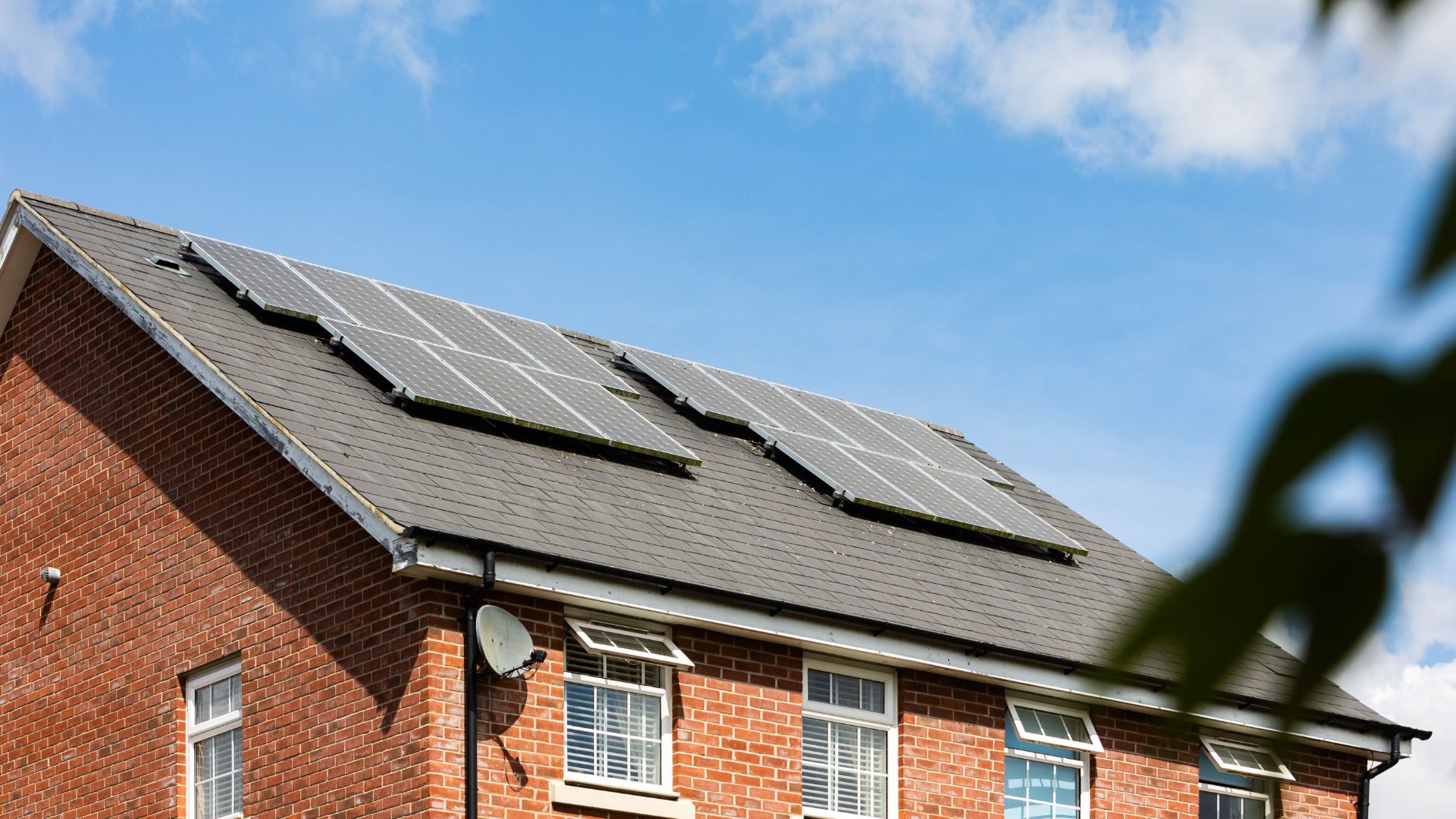Image source: Canva.com
In the pursuit of a more equitable and sustainable future, ensuring access to solar energy for low-income families is not just an environmental imperative; it’s about fairness and empowerment. Across the United States, initiatives are emerging to break down barriers and provide avenues for all communities to benefit from renewable energy. Through financial aid, community projects, affordable housing initiatives, education, and partnerships with nonprofits, we can pave the way for everyone to reap the rewards of solar energy.
Potential Benefits of Going Solar
Financial relief
Equitable access

Education
Ecological footprint
Budget stability
Job creation
Energy autonomy
Property value
- Financial relief: By reducing or eliminating monthly electricity bills, solar energy eases financial strain on low-income households.
- Budget stability: Predictable energy costs and potential savings help stabilize household budgets.
- Energy independence: Solar power decreases reliance on price fluctuations and grid issues, enhancing energy security.
- Property value: Installing solar panels can boost property values, improving housing quality and attracting tenants or buyers.
- Environmental impact: Cutting carbon footprint contributes to environmental sustainability and mitigates climate change.
- Equitable access: Targeted initiatives ensure that all communities have access to clean energy solutions.
- Job creation: The growth of solar-related sectors creates job opportunities, stimulating local economies.
- Education: Solar projects serve as educational resources, raising awareness about renewable energy and sustainability.
Government and Non-Profit Programs
Government and nonprofit initiatives play a crucial role in making solar energy accessible to low-income families:
- Solar Energy Assistance Programs: State and local initiatives provide subsidies or financing for solar installations.
- Community Solar Initiatives: Shared solar projects allow income-eligible residents to subscribe and receive bill credits.
- Non-profit Energy Assistance Programs: Organizations like GRID Alternatives offer solar installation and workforce development programs.
- Utility Assistance Programs: Programs like LIHEAP indirectly support solar installations by providing financial assistance for energy expenses.
- Energy Efficiency Education and Outreach: Programs educate residents on energy-saving practices and provide resources for upgrades.
- Housing Assistance Programs: Programs assist low-income households in making energy-efficient upgrades, including solar installations.
Discover the Ideal Solar System for Your Home in Just a Few Clicks!
Financing Options for Low-Income Families
Several financing options are tailored to help low-income families embrace solar energy without upfront expenses:
- Solar Leasing: Rent solar panels for a fixed monthly fee.
- Power Purchase Agreements (PPAs): Buy solar-generated electricity at a predetermined rate.
- On-Bill Financing: Finance upgrades through manageable repayments on utility bills.
- Government Incentives and Rebates: Offset costs with federal tax credits, local rebates, and low-interest loans.
- Community Development Financial Institutions (CDFIs): Access affordable loans for energy projects.
- Community Solar Programs: Subscribe to shared solar projects for credits on electricity bills.
- Energy Efficiency Loans: Obtain low-interest loans for upgrades.
- PACE Financing: Finance improvements through property tax assessments.
Community Solar: A Solution for All
Community solar projects offer a promising solution for low-income families.
- Shared Installation: Centralized solar arrays benefit multiple customers.
- Subscription or Ownership: Customers can subscribe to energy or own panels.
- Credit on Bills: Energy fed into the grid earns subscribers or owners credits, reducing costs.
Successful community solar projects across the United States have demonstrated the potential to benefit low-income families while creating local job opportunities and promoting sustainability.
Energy Efficiency Tips
In addition to solar energy, implementing energy-efficient measures can further reduce costs and consumption:
- Opt for ENERGY STAR appliances.
- Switch to LED bulbs.
- Seal leaks and insulate properly.
- Manage thermostat settings.
- Embrace natural light and air.
- Maintain HVAC systems.
- Wash with cold water.
- Unplug idle electronics.
- Educate household members about energy-saving habits.
By combining solar energy with energy-efficient practices, low-income families can maximize savings and improve their quality of life.
Explore more solar energy insights and resources at SolarWiki Knowledge Base!





